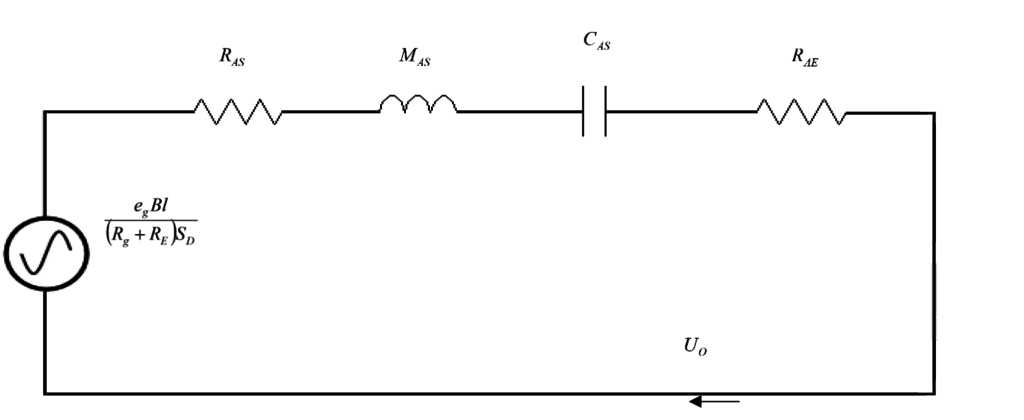How can we help you?
Thiele-Small Parameters: The Big Picture
- November 17, 2017
- Loudspeakers
There’s always been a bit of a black art to loudspeaker design. The battle between form and function rages in this field. Several animated discussions have been had over the years concerning what some view as an acoustic delight and what significant others view as a garish monolith. And that’s not even getting to what makes an acoustic delight, well, delightful. We know that the width of the frequency response curve of a loudspeaker system – given the limits on human hearing – plays a significant role. While the high end of the range is typically determined by the diaphragm material and shape, the low end of the response is more heavily influenced by the electromechanical blend created by the interactions between the magnet, voice coil, diaphragm, and suspension. It’s finding the right trade-off between these puzzle pieces that makes loudspeaker development a challenge.
But enterprising audio engineers are always looking for ways to streamline the process. Enter Neville Thiele, in 1961, and Richard Small, about a decade later.

Loudspeaker systems are known to have a lower limit to the frequency of input signals they can faithfully reproduce. This is referred to as a highpass filter. Signals above what’s referred to as the resonant frequency of the system can be reproduced but, as the frequency falls below this resonance, a loudspeaker becomes increasingly unable to generate any output.
In their landmark works, Thiele and Small built on the result of previous research that a loudspeaker’s transfer function – the mathematical relation between the output of a system with its input stimulus – could be modeled as a simple electrical circuit composed of resistance, inductance and capacitance. For a loudspeaker system, the output is the movement of air (to create sound) while the input is the voltage provided by an electrical source, like an amplifier. To be sure, loudspeaker components do possess electrical resistance and inductance, at least – and, perhaps, some stray capacitance – but the genius in this approach was to recognize that, mathematically at least, the mechanical components behave in a manner that can be modeled by resistance, inductance, and capacitance (R-L-C) in an electric circuit.
Developing a viable model of the electromechanical components of a loudspeaker driver and the enclosure needed to separate the air movement in front of the diaphragm and the out-of-phase movement behind it (these tend to cancel each other – try listening to a speaker driver without an enclosure) provides a powerful tool for audio engineers to design from basic principles rather than on an ad hoc, trial and error basis. What Thiele and Small added to the mix was the ability to determine these electric circuit analogues – at least for the driver – from a few simple measurements of the driver’s impedance around the resonant frequency under well defined conditions.

Have questions? Let us help. We are your source for audio solutions.
Email: contact@Stetron.com
Customer Service: Canada: 1-877-716-0751 U.S.A: 1-800-925-3002.

 Log In
Log In Register
Register Favorites
Favorites